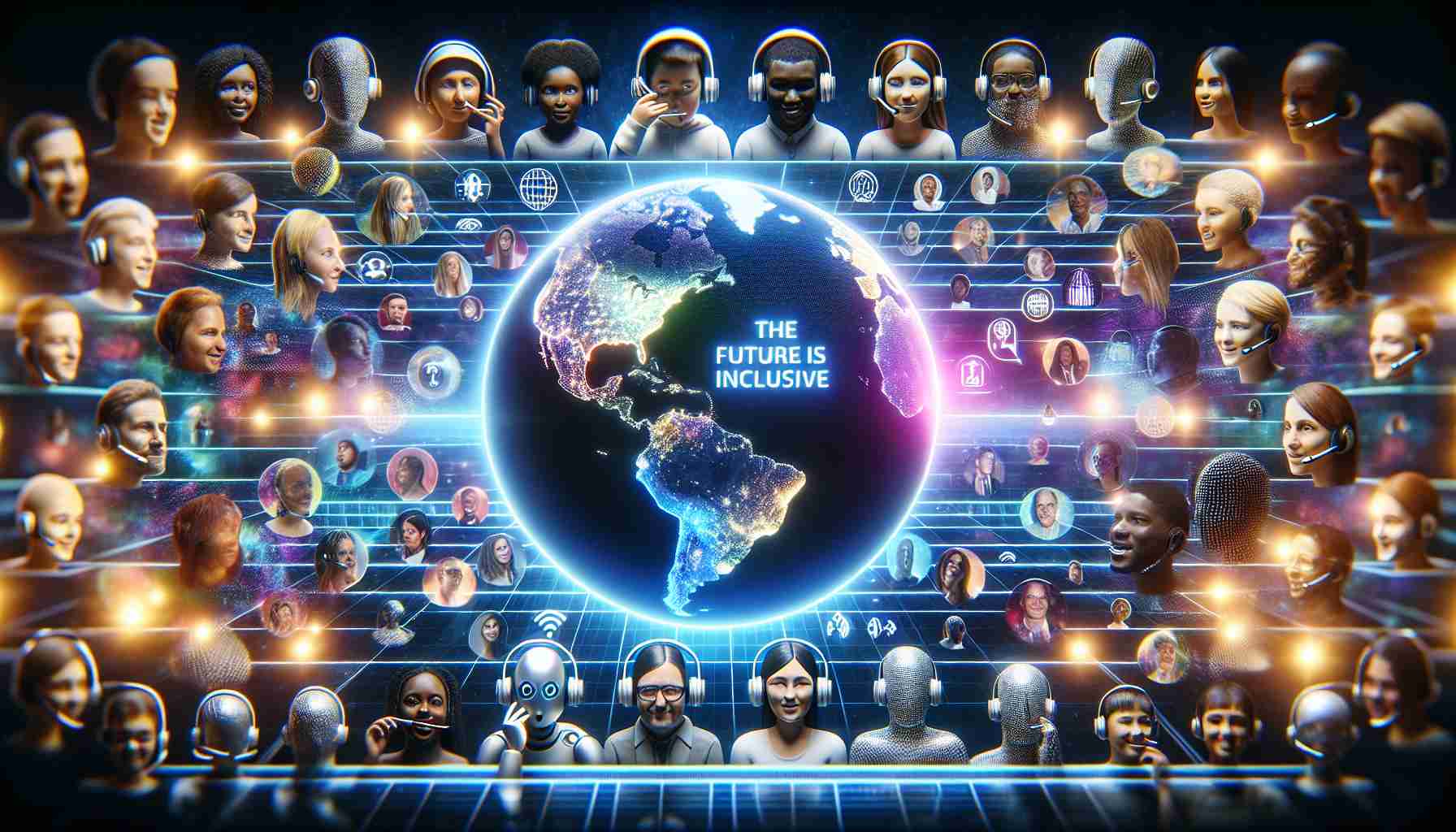The landscape of voice artificial intelligence is evolving rapidly, with significant advances being made by major tech companies. Yet, a pressing concern remains regarding the inclusivity of these AI systems. Predominantly, the voices utilized by these systems are American or British, primarily speaking English, which fails to represent the rich diversity of dialects and accents that exist around the world.
Non-English speakers face immense challenges, as the AI tools available to them lack the sophistication seen in English-based applications. The reason for this disparity lies in the limited data used for model training, which tends to reflect a narrow slice of culture derived mainly from English-speaking resources.
To address this gap, initiatives like Mozilla’s Common Voice are emerging as powerful platforms for change. Over seven years, Common Voice has amassed a remarkable collection of voice samples in 180 languages, driven by a dedicated community of volunteers. This initiative not only caters to the needs of underrepresented languages but also emphasizes the importance of cultural preservation.
However, challenges remain in achieving balanced representation. For instance, while English data abounds, many languages like Finnish and Korean fall drastically short in contributions. As the Common Voice initiative aims to broaden its linguistic offerings, it seeks to empower localized communities to actively participate in voice AI development.
In an increasingly interconnected world, the goal is clear: to create voice recognition technology that resonates with all individuals, fostering inclusivity and breaking communication barriers.
The Global Push for Inclusive Voice AI Technology: Expanding Horizons and Overcoming Barriers
As the demand for voice artificial intelligence (AI) surges, tech developers are recognizing the imperative for inclusivity in the designs of their systems. The ongoing global push for inclusive voice AI technology is not only about representation but also about enhancing accessibility and usability across diverse populations.
What are the primary objectives of inclusive voice AI technology?
The primary objectives include empowering marginalized linguistic communities, ensuring accurate voice recognition across various dialects and accents, and enhancing usability for non-native speakers or individuals with speech impairments. For technology to be truly useful, it should cater to the unique needs of a global audience, promoting inclusiveness in digital communication.
What challenges are associated with creating inclusive voice AI?
Several key challenges and controversies arise when developing inclusive voice AI technology:
1. Data Scarcity: Beyond languages like Finnish and Korean, many indigenous languages have even less representation in AI training datasets. The lack of diverse data hampers development and leads to underperforming systems in these languages.
2. Bias and Stereotypes: There is the risk of infusing existing biases into AI systems, resulting in voices that may perpetuate stereotypes. For instance, abilities to recognize and accurately respond to accents from marginalized communities may be significantly lower.
3. Technical Limitations: Much of the existing voice recognition technology is fine-tuned for English, leaving non-English languages struggling with basic functionalities. Certain languages may have unique phonetic sounds and constructions that current models cannot adequately process.
4. Economic and Infrastructure Disparities: In regions with less technological infrastructure, the development of voice AI systems may be lacking, further deepening the digital divide.
What are the advantages of inclusive voice AI systems?
1. Broader User Base: Emphasizing inclusivity allows tech firms to tap into larger international markets, enhancing user engagement.
2. Improved Accuracy: Voice AI technology that understands various accents, dialects, and languages better serves its users, leading to improved accuracy and satisfaction.
3. Cultural Sensitivity: Inclusive AI promotes cultural awareness and sensitivity, fostering a deeper connection with users from diverse backgrounds.
What are the disadvantages or criticisms?
1. Resource Intensive: Creating diverse databases for training inclusive models can be costly and time-consuming, requiring collaboration across academic, governmental, and community organizations.
2. Implementation Complexity: Integrating an extensive range of accents and dialects into existing AI systems can introduce complexities, necessitating advanced algorithms and more sophisticated machine learning approaches.
3. Potential Miscommunication: Some have raised concerns that prioritizing inclusivity might dilute the technical efficiency of voice AI systems or lead to increased miscommunication in essential applications, such as healthcare or legal fields.
Conclusion
In conclusion, the push for inclusive voice AI technology is multifaceted, encompassing both the challenges and breakthroughs necessary to innovate in a globally interconnected society. As tech giants, researchers, and communities unite to tackle these issues, the successful implementation of inclusive voice AI may open up new pathways for communication, learning, and accessibility on a global scale. Embracing the richness of linguistic diversity is not merely a technological enhancement but a moral imperative that can shape the future of human-computer interaction.
For more information on advancements in technology and inclusivity efforts, visit Mozilla and Microsoft.












